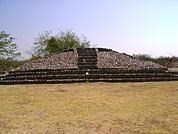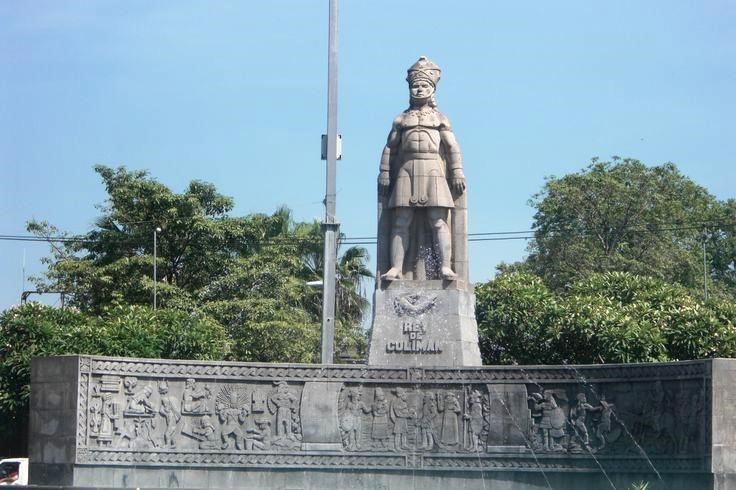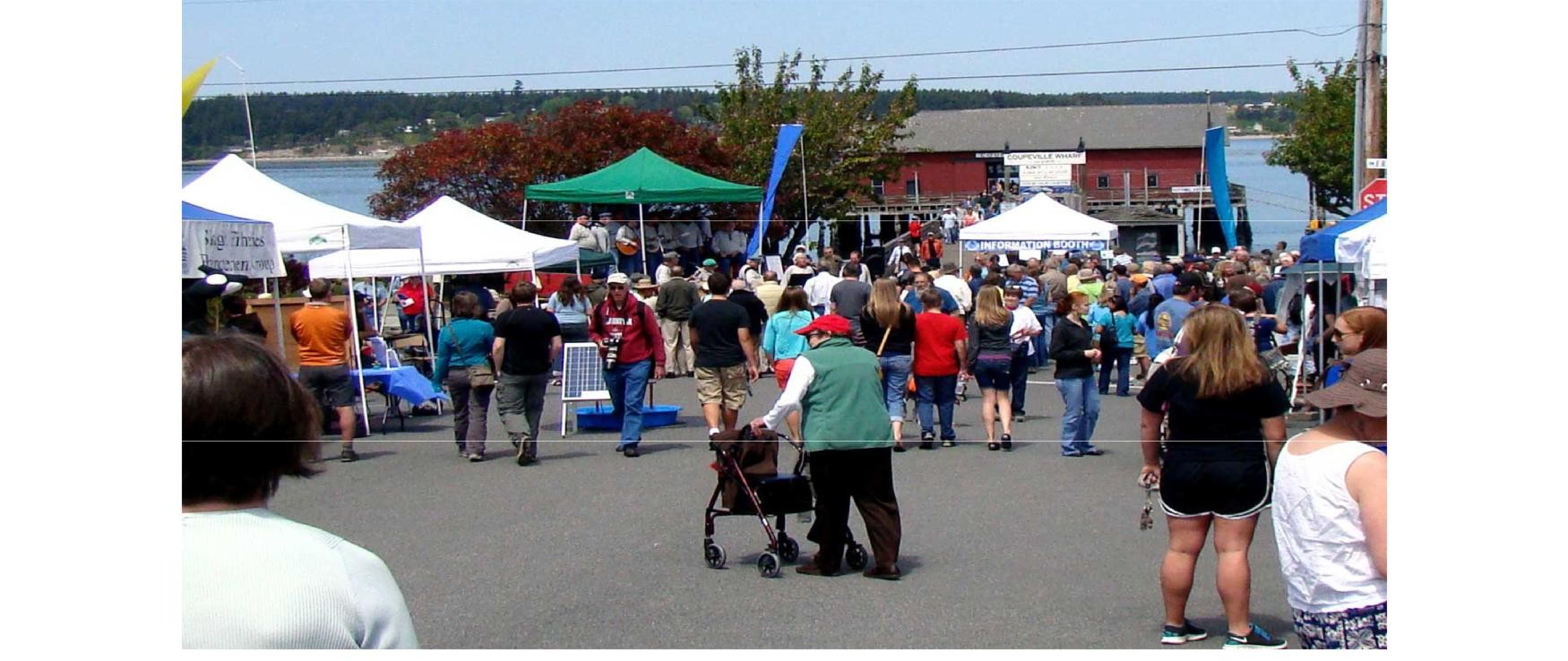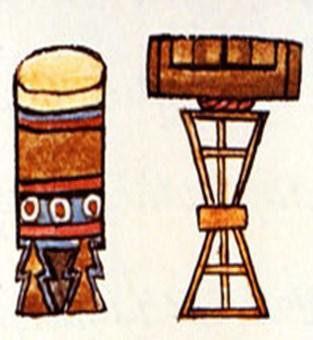By Kirby Vickery the April 2019 Edition
Pre-Columbian Times (overview):I have found that history has almost forgotten Manzanillo’s first inhabitants, even though we have some Nahuatl ruins in the State of Colima which are superb. Archeology for the history between 2000 BCE and 500 BCE for this area reads like a dart board. I even found an account that gives the state of Jalisco credit for the introduction and use of lacquer to the ancient Chinese and Japanese development for their ships and fine art from a Mexican tree. I also believe there are a couple of old Chinese ship anchors in the bay somewhere. (But, don’t quote me on that.)
Manzanillo appears to sit on the fringe of several cultural socie-ties’ population centers as they waxed and waned through pre-Columbian times.
The Otomi:
The Otomi were one of the earliest peoples to filter down do-ing their hunting and gathering. They wandered down through central Mexico and settled in an area which is currently Mexico City. A few did settle just to the north of Manzanillo. This happened anywhere from 2000 BCE to 1000 BCE. The reason for this boosts belief in the reality that there wasn’t just one migration across Beringia, known as the Alaskan Land Bridge. The first of four major migrations headed across northern Alaska and Canada to come down into the East coast of the USA.
Later, as the snows and ice filled in, they took more westerly routes, populating the Appalachians, then the Plains and on in-to the Rockies and Sierra Madres and, finally, the west coast. These routes were extended into Mexico, then through Central America and into South America. Subsequently, the major population and language groups were settled along the east coast and the central mountains long before these people knew about a west coast. There are some theories out there that the Pacific Rim and Polynesian civilizations were populated East to West from South America. There have been no fewer than ten attempted sailings starting with the Kon Tiki. Some made it and some didn’t.
The Otomi culture was almost completely absorbed by the Aztecs. But, as with the majority of the sixty some odd cultures which have made their home in pre-Columbian Mexico, they still have pockets of folks scattered about still speaking their own language. They are well known today for their intricate fabric designs on pillows and tapestries.
The people that initially settled in Manzanillo were hunter-gatherers and really hit the pay dirt when they settled in the mussel and fish heaven in the two bays. This is known because of the piles of broken and hollowed out shells which littered the coast line. The name in which Manzanillo grew to be known as came from the Nahuatl speaking peoples of the area who came later.
The Chichimeca or the Nahuatl Speaking People:
Chichimeca is the ‘local’ name of another semi-wandering folk. They were a widely ranged semi-nomadic peoples who came down from the Southwestern United States through the North-west of Mexico following the coast line. ‘Chichimeca’ loosely means ‘Barbarian’ and is currently being changed to “Uza” by these people themselves through being called “Jonaz.”
The original name was adopted with a pejorative tone by the Spaniards when referring especially to the semi-nomadic hunter-gatherer peoples of northern Mexico. Although they were of many different groups, collectively they fought and resisted Spanish rule in what is known as the “Chichimeca Wars”(1550-1590). Their language stem runs all the way back up to the Ya-quis Tribe found along the Arizona/Mexico border around Yu-ma.
It’s sad to note that many of the peoples called Chichimeca are virtually unknown today; few descriptions mention them and they seem to have been absorbed into mestizo culture or into other indigenous ethnic groups. For example, virtually nothing is known about the peoples referred to as Guachichiles, Caxcanes, Zacatecos, Tecuexes, or Guamares. Others like the Opata or Eudeve are well described but extinct as a people.
[The Nahuatl language/Nahuatl name Chīchīmēcah (plural, pro-nounced Template: IPA-nah; singular Chīchīmēcatl) means “inhabitants of Chichiman”; the place-name Chichiman itself means “Area of Milk”. It is sometimes said to be related to chi-chi “dog”, but the i’s in chichi are short while those in Chīchīmēcah are long, a phoneme/phonemic distinction in Na-huatl. The word could either have a negative “barbarous” sense, or a positive “noble savage” sense. The Spanish added ‘primitive’ and ‘uneducated’ to those terms regarded as trans-lations to the word ‘Chichimeca.’]
In 1526, Hernán Cortés writes that he found the Chichimec tribes as not as civilized as the Aztecs but that they could be made slaves easily enough. Again these people settled to the north and west of Manzanillo.
From Classic to Spanish times:
The last of the early peoples to be in the Manzanillo area are the Tarasca or Tarascan people, even though it appears they didn’t come all the way down into Manzanillo to settle either. However, there is enough evidence in residual artifacts to show their presence. They were of a different language group called the ‘Purépecha.’ One of their population centers was in Jalisco which is close enough to lend some culture contamination into the Manzanillo area.

In the late classic, at least two non-Purépecha ethnic groups lived around Lake Pátzcuaro: Nahuatl speakers in Jarácuaro (smaller population), and some Chichimecan cultures on the northern banks.
The leader, Tariácuri, of the Purépecha, decided to consolidate the population around Lake Pátzcuaro into one state. In 1300 CE, he won the first conquests and installed his sons, Hiripan and Tangáxoan as lords of Ihuatzio and Tzintzuntzan while he ruled from Pátzcuari city. In 1350 CE, his family was in control of all the centers around the Lake. Hiripan expanded into the areas around Lake Cuitzeo.

Hiripan and Tangáxuan I began to institutionalize the tributary system and consolidate the political unity of the empire. They created an administrative bureaucracy and divided everything up between lords and nobles. In the following years, the Tarascan Sierra and the Balsas River was incorporated into the increasingly centralized state.
Later, under the rule of Cazonci Tzitzipandáquare, a number of regions were conquered, only to be lost with Aztec expansion. In 1460 CE, the Tarascan state reached the Pacific coast at Zacatula [La Union, now located about 200 miles southeast of Manzanillo] and advanced into the Toluca Valley and also on the northern rim. They reached into the present-day state of Guanajuato.
In the 1470s, Aztecs under Axayacatl started to raid outlaying Tarascan settlements. They were defeated only to intensify their attacks in the 1480s. The Cazonci incorporated the help of the Otomies and Matlazincas who had been upended and left homeless in the defense of this little empire. Although the Aztecs were defeated, the wars inhibited further expansion by the Tarascan people. The last Cazonci, Tangáxuan II, had been a ruler for two years when the Spanish arrived and put an end to this little independent empire.
The Tarascans mined and worked copper, silver, and gold which made metallurgy a prime commodity during their rule. Today, the mining operations are centered in iron and cement making. The entire northwest part of the state’s mineral rights have been taken over and managed by a private firm headquartered in Manzanillo.
Los Ortices and others:
The Tarascan state was home to a number of pre-Hispanic cultures as part of Western Mexico Archeological evidence dates human occupation of the area as far back as 1500 BCE, with sites here contemporary with San Lorenzo on the Gulf Coast and Tlatilco in the Valley of Mexico. One period of the area’s development is called the Los Ortices era, which began around 500 BCE. During this time, the elements that characterize the pre-Hispanic peoples of Colima appear, including shaft tombs and a distinctive ceramic style called rojo bruñido, or burnished red.

The next phase, called Comala, and centered on a site of the same name, was from around 100 to 600 CE. Comala people perfected burnished red pottery and created representations of people and animals with skill and fluid lines. The best known of these figures are known as the fattened dogs. The Comala site shows influence from Teotihuacán. Around 500 CE, another site in Armería developed along the river of the same name.
The Sites:
El Chanal is one of two major Mesoamerican sites in the state of Colima. It sits just North and a little East of the City of Colima.
The other Mesoamerican ruin in Colima, La Campana, is just a little over two miles from El Chanal and closer into the city of Colima. There is a third, Periquillo, but it’s privately owned although still open to the public. One could surmise that, in ancient times, they might have been a part of one facility, Culture, or city. Some sources state these were these were built by the Mayans, while others say the builders were Aztecs or Toltec and still others admit that the builders are unknown. I recommend visiting them both, but with a guide because it sure beats walking around, taking pictures and guessing what each formation was for, like I did.

The Chanal site was active from the 6th to the 16th centuries and was the main culture center in the Colima area. Belonging to this culture was a number of smaller sites and most of the ones known and explored to date. After El Chanal, the largest related site is La Campana. Most contain pyramidal bases and plazas with structures often containing rounded edges. Images of Huehueteotl and Tlaloc appear with this culture, which may indicate the origins of the cultures that ultimately settled central Mexico.

At the beginning of the 16th century CE, the Purépechas invad-ed the territory of the Tecos and got as far as the salt fields of Tzacoalco. However, a chief named Colimotl or Coliman defeated the Purépechas during the Salitre War (Guerra del Salitre). After this, the Tecos conquered Sayula, Zapotlán and Amunla, making them the dominant cultural group in this part of the state. Both the Periquillo and Chanal sites were occupied when the Spanish arrived in the 16th century.
The full edition or view it online
—
Kirby was born in a little burg just south of El Paso, Texas called Fabens. As he understand it, they we were passing through. His history reads like a road atlas. By the time he started school, he had lived in five places in two states. By the time he started high school, that list went to five states, four countries on three continents. Then he joined the Air Force after high school and one year of college and spent 23 years stationed in eleven or twelve places and traveled all over the place doing administrative, security, and electronic things. His final stay was being in charge of Air Force Recruiting in San Diego, Imperial, and Yuma counties. Upon retirement he went back to New England as a Quality Assurance Manager in electronics manufacturing before he was moved to Production Manager for the company’s Mexico operations. He moved to the Phoenix area and finally got his education and ended up teaching. He parted with the university and moved to Whidbey Island, Washington where he was introduced to Manzanillo, Mexico. It was there that he started to publish his monthly article for the Manzanillo Sun. He currently reside in Coupeville, WA, Edmonton, AB, and Manzanillo, Colima, Mexico, depending on whose having what medical problems and the time of year. His time is spent dieting, writing his second book, various articles and short stories, and sightseeing Canada, although that seems to be limited in the winter up there.



